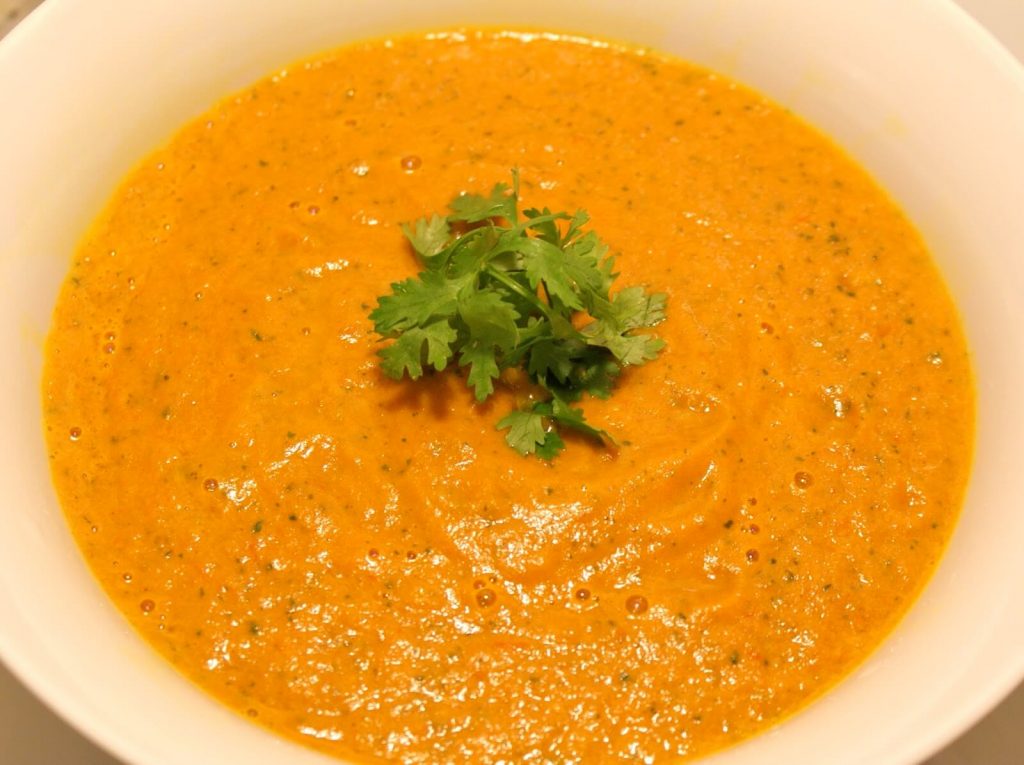If you have been to Nepal or talked to someone who is Nepali, you will almost certainly know about momo or mo:mo. It is one of the most popular dishes in the country and can be found in almost any restaurant from high-end dining to street stalls.
Over the years mo:mo has become a symbol of Nepal just as much as Mount Everest.
There are many reasons for the popularity of the dish. Firstly, one plate of momo (around 10 pieces) is enough for a light lunch. Furthermore, momo is prepared with a special blend of spices unique to Nepal and has been around for so many years it is an easily recognizable taste. This popular snack is tasty, and there are many varieties for you to try throughout the country.
History of Mo:Mo

How Mo:Mo originated and how the dish ended up in Nepal is a bit of a mystery. However, many people believe it was a Tibetan take on the Chinese dumpling. Throughout history, the Kathmandu Valley has been an important part of trade routes in Asia, including Lhasa. Tibetans made momo with yak or lamb meat and wheat flour in those times, however, because wheat was hard to find momo was reserved for special occasions. While traveling merchants most likely learned momo-making techniques and then modified seasoning due to what was available and preferred in Nepal. Additionally, buffalo meat was more popular in the Kathmandu valley and was commonly used in momo.

There are other stories including a belief that momo was invented in Kathmandu and was then introduced to Tibet, China and Japan by a Nepali princess who married a Tibetan king. Alternatively, some believe that momo was brought by Tibetan migrants who moved into Nepal. Ultimately, no one knows exactly how momo arrived in Nepal, however, it is clear that it was adapted over the years to accommodate available ingredients and taste preferences amongst Nepali people.
How to Make Momo

Momo is made from wheat flour, chopped onion, garlic, green chilies, ginger, meat (usually buffalo or chicken, or a mixture of vegetables for vegetarians), and a blend of spices. You can find momo spice in grocery stores in Nepal and in some Asian markets abroad. Or you can make your own using ground cumin, ground cinnamon, salt and black pepper.
The first step to make mo:mo is to make the dough. Combine water and the wheat flour and knead the dough into a smooth paste. This then needs to be rolled out into small, thin discs. Alternatively, you can sometimes find pre-made dough in grocery stores and can use that instead of making the dough yourself. The wrappers should be about 4 inches in diameter once rolled out.
For meat-based momo, you must grind the meat into a paste and then add the garlic, onions, ginger, green chilies, and spice mix. For vegetarian momo, finely chop vegetables such as cabbage, carrot, green onions, French beans and capsicum and mix with the same ingredients to form the filling.

Once the filling is made it is time to assemble the mo:mo. First, place a tablespoon of filling in the middle of the wrapper. Then, hold the wrapper in your left hand while using your right thumb and index finger to pinch the edges of the wrapper together. Continue to pinch the fold the edges of the circle until the mo:mo is closed. Then, place it in the steamer pan. Repeat until the steamer is full. While the momo is steaming, there is one last important step. If you’ve had momo in Nepal, you know there is a tomato chutney (locally known as achar) that is served alongside the unique dumplings. To make this sauce you will mix tomato, chopped onion, green chilies, garlic, cumin seeds, salt, and lemon together and cook over the stove on medium heat for 10 minutes. After it has cooled slightly, blend it until smooth and add cilantro.

Serve the momo hot and with a good portion of achar. If there are leftover mo:mo, reheating them in a frying pan with lots of butter and waiting until the outside is crispy is a great way to have them as well.
Conclusion
Mo:Mo are a huge part of the culture in Nepal and are a staple for many people. The steamed, or fried dumplings are eaten at all times of the day whether vegetarian or filled with chicken or buffalo. The history of momo goes back hundreds of years and has been perfected by many businesses across the country. However, any restaurant near you is sure to have them on the menu and it is a must-try while visiting Nepal.
If you are interested in learning how to make momo while in Nepal, reach out to Nepal Hiking Team and we will arrange a lesson for you.



Post a Comment